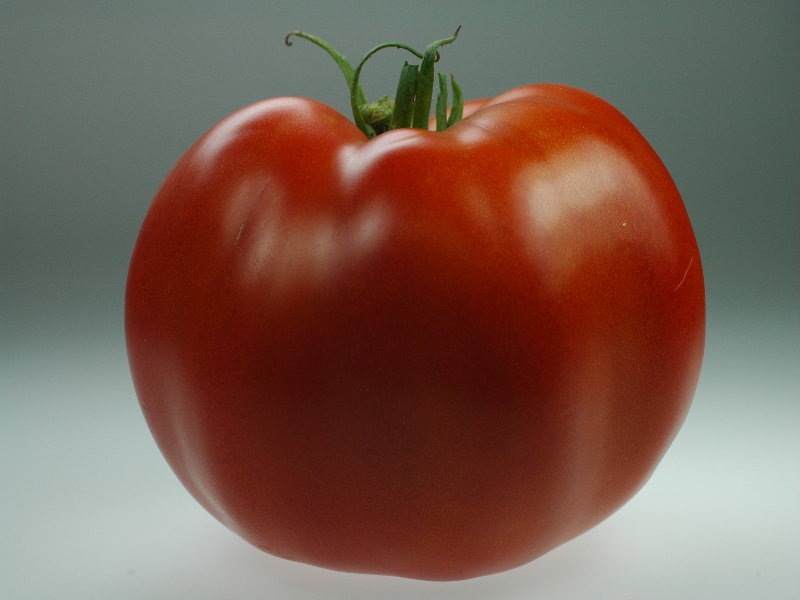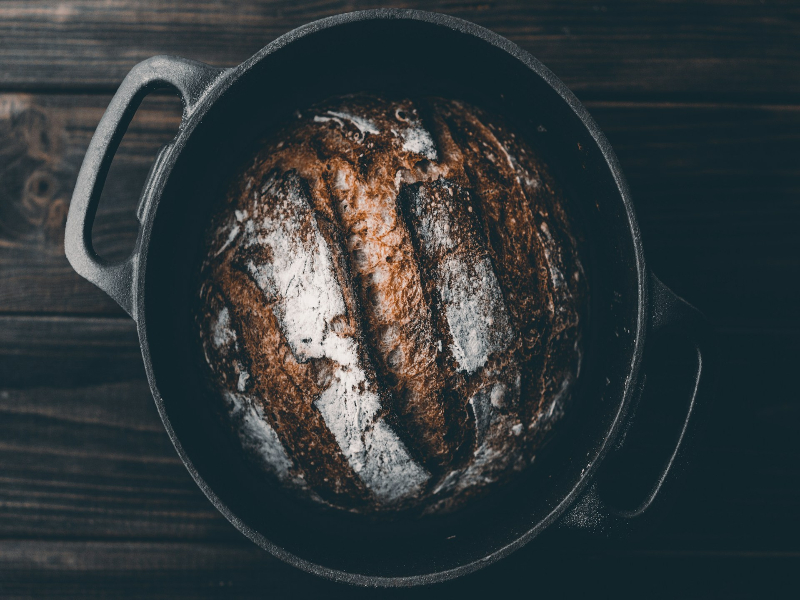
Jersey Tomatoes
The dog days of summer are here, whether you’re in Tucson, New Jersey or somewhere else. The rain is summer nectar from the sky, making it hot, sultry and muggy.
While I ponder the meaning of “dog days of summer” (drop me a note to share your thoughts), there’s comfort in simple, refreshing and cooling foods.
Thinking about a luscious Jersey tomato between slices of firm white bread, preferably from a bakery, a sprinkle of salt, maybe or maybe not a little mayo, makes my mouth water, transporting me back to summers at the Shore.
Oh sure, the heirloom tomatoes available at my farmers markets are delicious, but there’s just something special about a red, unblemished Jersey tomato. Jersey jokes aside, you know it’s the Garden State, right?
The sandy, acidic soil imparts the perfect balance of sweet, tart and acid. Yes, it’s all about the terroir. The Campbell Soup Company, whose headquarters is in Camden, helped make Jersey tomatoes famous with their iconic tomato soup.
According to Penn State’s Cooperative Extension Office, the term “Jersey tomato” was first coined in the 1930s. It didn’t denote one specific type, but rather applied to a host of varieties grown by New Jersey farmers.
Their superb flavor brought people from far and wide to buy them. Their one flaw: They were too fragile for commercial production involving mechanical harvesting and long-distance shipping. With the need for firmer, higher yielding varieties, by the 1990s they pretty much disappeared. The Jersey tomato loving consumer wasn’t happy.
The Rutgers University Cooperative Extension staff at the New Jersey Agricultural Experiment Station (NJAES) were well aware of the public’s desire to bring them back. In the early 2000s, they were researching and conducting test trials at their farms as well as getting peoples’ input at tasting events.
A challenge was finding a seed company willing to take on small-batch production of their hybrid seed – a cross-pollination of KCA from Campbell’s breeding program and Abbie, developed by NJAES’ Bernard Pollock, PhD.
In 2007, they succeeded, and in 2008, with the launch of the “Rediscover the Jersey Tomato Project,” Ramapo F1 Hybrid seeds were available to gardeners. It’s disease resistant, a prolific producer, virtually blemish-free and best of all, tastes like a Jersey tomato. Three other varieties can now be purchased from Rutgers NJAES: Moreton, KC-146 and Rutgers 250. All were developed through non-GMO breeding.
Classes
Only 4 seats left for the September 9 demonstration Lunch & Learn Tucson Style class with award-winning cookbook author Carolyn Niethammer. On the menu: Prickly Pear Lemonade; Chicken Breast with Prickly Pear-Orange Sauce; Quinoa; Verdolagas, the highest plant-based source of omega-3 fatty acids, with onion and squash; and for a sweet ending, Mesquite Brownies. No cooking, just eating, but you’ll get the recipes.
The perfect meatball should be like a cloud, not like a rock. Join Chris DeSimone on September 20 to master a kitchen staple two ways: Italian (beef, pork) & Greek (chicken, turkey) Style, along with making marinara and tzatziki sauces.
Carne asada is usually a noun, but on October 12, Felipe Garcia, foodie, cook, blogger and president/CEO of Visit Tucson will teach you it’s also a verb – the experience of bringing people together, storytelling, cooking and the sights and smells of meat grilling, chiles and tomatoes charring for salsa and tortillas warming. You’ll make it three ways: Taco, Lorenza and Caramelo.
Arizona Wildcats football season is almost here. On October 20, cook with legends Coach Ricky and LaMonte Hunley in their Cooking with the Wildcats class. On the menu: Lemon and Wine Marinated Baked Salmon; Bok Choy Salad with Strawberry, Pear, Apple, Jalapeño and Sesame Seeds; Sautéed Spinach; and Key Lime Pie.
In November, Chef Janet Balderas, who’ll be running the kitchen at the highly anticipated Mojo Cuban Kitchen & Rum Bar, will bring those flavors to her class. Stay tuned for the details.
Wishing you joy in the kitchen,
Michele

Fresh Tomato Tart
Serves 4
1 sheet frozen puff pastry, thawed
2 ½ tablespoons Dijon mustard, use the strongest you can find
1-2 large ripe tomatoes, cut into ¼-inch slices
Kosher salt to taste
Freshly ground black pepper to taste
3 pinches Herbes de Provence or Italian spice blend (fresh herbs can be used)
1-2 tablespoons Parmesan cheese, freshly grated
2 tablespoons extra-virgin olive oil, divided
1. Heat oven to 400°F. Drain tomatoes on paper towels if very juicy. Line a rimmed baking sheet with parchment paper or silicone mat.
2. On a lightly floured surface, roll pastry puff sheet into a 10×13 inch rectangle. Place on baking sheet. Freeze 10 minutes.
3. Score border with a knife, making shallow cuts ¼-inch apart. Using a fork, poke holes all over the bottom.
4. Bake 10 minutes or until lightly golden and partially puffed. Gently use a spoon to push down any puffiness inside the edge. Cool 10 minutes.
5. Spread mustard over the bottom. Arrange tomato slices in a single layer, cutting a few slices in half to fill in gaps. Season with salt and pepper, then Herbes de Provence, then Parmesan cheese and drizzle most of the olive oil on top.
6. Bake 25-30 minutes or until browned and crispy. Cool to room temperature on baking sheet or transfer to a wire rack using 2 spatulas. Drizzle remaining olive oil over tart before serving.





